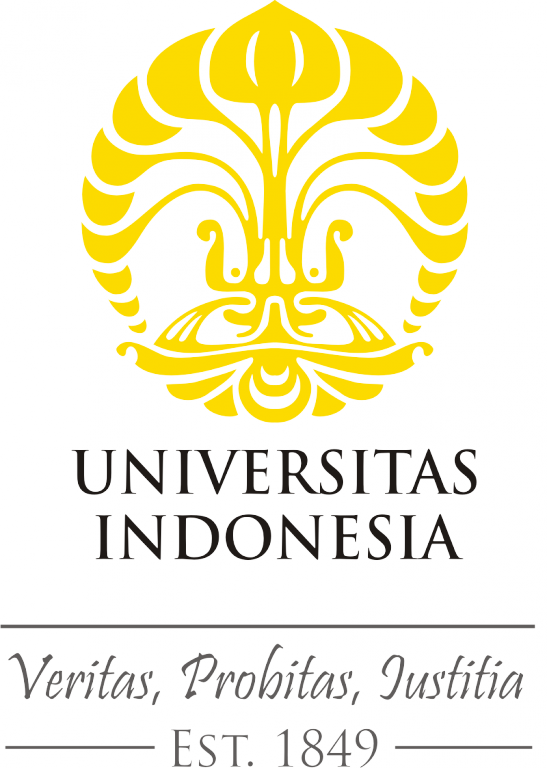
Library Automation and Digital Archive
LONTAR
Fakultas Ilmu KomputerUniversitas Indonesia


| Call Number | DIS-014 (Softcopy DIS-006) |
| Collection Type | Disertasi |
| Title | Modular and compositional verification for imperative programs and concurrent systems ( verifikasi yang modular dan komposisional untuk program imperatif dan sistem konkuren) |
| Author | Ade Azurat; |
| Publisher | Depok: Fakultas Ilmu Komputer UI, 2007 |
| Subject | |
| Location |
| Nomor Panggil | ID Koleksi | Status |
|---|---|---|
| DIS-014 (Softcopy DIS-006) | TERSEDIA |